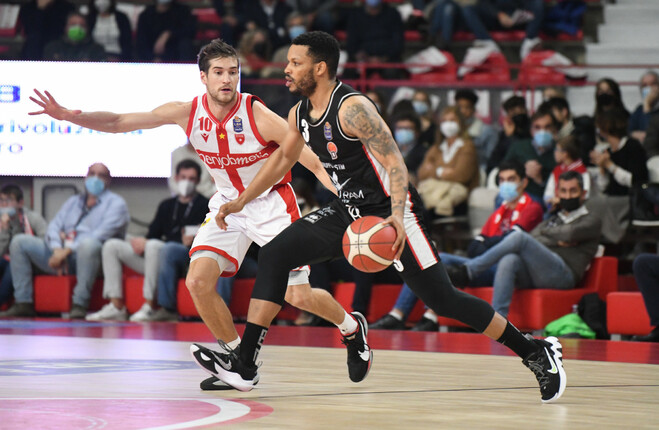1. The world, we are told, is in a state of chaotic and unprecedented flux.
Technology is changing our lives at a frightening rate. All across the globe, societies are fracturing and falling apart. The destruction of the planet is accelerating before our eyes. Every passing week seems to bring new ruptures, new shocks, new disfigurements.
But Luka Modric is still running the midfield for Real Madrid, so, you know, that. And not just Modric: as white shirts insouciantly knocked the ball around the Stamford Bridge lawn in the closing minutes, it was like peering through a telescope into a perfectly preserved phantasm of the past. Toni Kroos had already gone off, but Casemiro was still there, snapping and scurrying like a man looking for a lost wedding ring. So was Dani Carvajal. So was Nacho Fernández. Even Gareth Bale had treated us to a rare foray from the bench, boosting his daily step count if little else.
And then, of course, there was Karim Benzema: jersey still moist from the rain, features still etched with a pure, restless desire.
For the Guardian, Jonathan Liew looks through a window of the past at a squad full of familiar faces.
2. Just cherry-picking a few other major American cities: The Guardians, Pirates, Mets and Yankees are blacked out in Buffalo; the Astros and Rangers are blacked out in New Orleans; the Angels, Athletics, Giants, Dodgers and Padres are blacked out in Honolulu (???); the Diamondbacks and Rockies are blacked out in Salt Lake City; and in Des Moines, get this, the Cubs, Cardinals, White Sox, Royals, Twins AND Brewers are all blacked out.
Hi, Des Moines baseball fans! Here’s our middle finger.
Anyone can see this is a big, fat, annoying problem. How in the world can you expand baseball’s reach by preventing people from seeing baseball? It’s infuriating.
So, what we should obviously do is start screaming at MLB commissioner Rob Manfred.
Except — and believe me, I would never discourage you from screaming at the commissioner for any reason — in this case, it isn’t his fault. And there’s really not a whole lot he can do about it.
Joe Posnanski in his Substack writes about the bizarre situation with baseball and blackouts.
3. The N.C.A.A. allowed a path for people like her to join the women’s team, but it was not quick or easy. In general, élite male athletes have considerable physical advantages over élite female athletes. People who have gone through testosterone-driven puberty have, on average, more cardiovascular capacity, greater muscle mass, higher tendon mechanical strength, and denser bones. They tend to be stronger and taller, with longer wingspans. In many sports involving timed races, men are roughly ten to twelve per cent faster than women.
The Olympic track champion Allyson Felix’s lifetime best in the four hundred metres is 49.26; in one year, 2017, that time was bettered by men and boys more than fifteen thousand times. In sports involving jumping and pure strength, the gap is even greater. As trans women have fought for inclusion in women’s sports, various governing bodies have implemented rules for mitigating any physical advantages that they might have. But just what those advantages are and how to counteract them—and whether that is necessary or even possible—has been fiercely debated.
The New Yorker’s Louisa Thomas on Lia Thomas and how her N.C.A.A. victories have put her at the centre of a debate about trans athletes.
4. Rae’s Creek is a main feature of Amen Corner and runs in front of the 12th green, has a tributary evident at the 13th and flows at the back of the 11th. The noted Hogan Bridge, which takes players onto the 12th green, crosses the creek and is one of the most photographed spots in all of golf. Nelson Bridge also travels across the body of water.
The creek was named after property owner John Rae, who emigrated from Ballynahinch in either 1729 or 1730 and was granted large swathes of land where he built Rae’s Hall. The Irishman lived just southeast of the creek’s confluence with the Savannah River.
Rae’s Creek is one of the most famous features at Augusta National, but it’s one with a dark history and a big connection to Ireland. Niall McCoy for RTE Sport.
5. Quiet is a monumental pursuit for a father of three, implausible when compounded by the grueling schedule of a professional basketball player. Wright stars for Derthona Basket, in one of the world’s best non-NBA leagues, in an Italian wine township at the foot of the Alps. He’s halfway around the world from Bowie, Maryland, where his basketball journey began, eventually leading him to Georgetown, Europe and the NBA.
He discovers a backroom, shelter from the noisy schoolchildren. Wright takes a deep breath, adjusts the camera, and shares the moment where that journey was nearly derailed 10 years ago.
ESPN’s Dan Hajducky expertly tells the story of former Georgetown University point guard Chris Wright.

